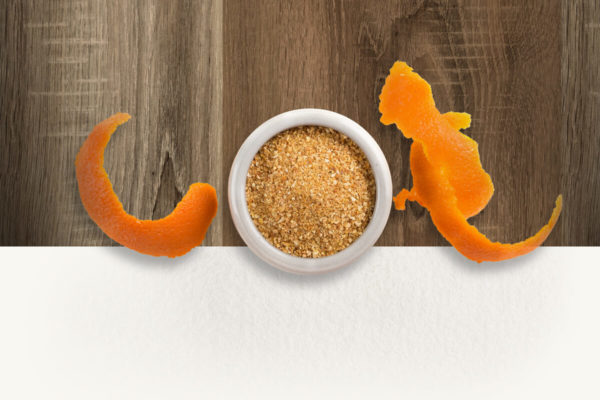Cuisine On Tour: The Philippines
From lumpia to halo-halo, Filipino cuisine is on the hot list of emerging ethnic flavors. Exotic and enticing, the food of the Philippines is similar to that of its Thai and Vietnamese neighbors, but is inflected with influences ranging from Spanish to Malaysian to Indian. Colonizers from Spain brought produce such as chiles, potatoes, corn and tomatoes, and recipes for dishes like paella and adobo that were quickly incorporated into the culinary lexicon.
Spices such as bay leaves, black pepper, star anise, lemongrass and chile are ever present, and tart, sour flavors from vinegar and citrus round out the flavor profile. Rustic, informal and approachable, Filipino cuisine is worth getting to know better. Chicken Adobo is a great place to start. In this dish, you’ll discover both Asian and Spanish influences, and experience the Filipinos’ special penchant for the salty-sweet-sour flavor combo
Try Adobe Chicken
Hungry for more? Search out recipes for more Filipino classics — here are some of the country’s greatest culinary hits.
Pancit: Rice noodles with meat, vegetables and a sweet-salty sauce.
Lumpia: Fried spring roll with a thin, crisp wrapper and savory filling.
Arroz Caldo: Chicken and ginger rice porridge topped with crispy fried garlic and green onions.
Kare-Kare: Long-simmered oxtail stew with a rich, savory peanut broth.
Halo-Halo: Shaved ice topped with evaporated milk, fruits, custard and jellies.
Elizabeth Winslow is a writer, food blogger, culinary instructor and entrepreneur in Austin, Texas. She is a regular contributor to Edible Austin and creates compelling content for brands both large and small. She has an M.A. in Literature from the University of Texas at San Antonio and teaches cooking classes with Kitchen Underground.



